7. Financial Controls
Best Practice Guidelines

Understand: The company analyses and understands the role of financial controls in the anti-bribery programme including benchmarking against guidance from anti-bribery authorities, accounting and other professional bodies.

Design: Based on risk assessment, the financial controls are designed to address prioritised bribery risks.

Implement checks and balances: These are core to countering bribery. Steps should be taken to ensure they work well and are applied consistently throughout the company’s operations.

Improve: Have an approach of continuous improvement and encourage those on the ground to make suggestions to improve financial controls.

Train: Those responsible for initiating, approving and implementing financial transactions are trained, encouraged and assessed on their vigilance and ability to scrutinise transactions for bribery and corruption risks.

Record transactions: Implement procedures to make sure all transactions are recorded accurately in the books and records and implement regular checks that this is happening for high risk transactions.

Keep accurate books and records: Keep complete and accurate accounting records and books that provide requisite information with supporting documentation for audits and investigations including those by the authorities in the event of a bribery incident.

Monitor: Check that the financial controls are being implemented effectively.

Use new technology: If suitable, new technology can be used to monitor transactions, detect trends and red flags as well as carry out forensic analysis.

Ensure review by leadership: Reports are provided regularly to senior management and the board on the effectiveness and quality of implementation of anti-bribery financial controls.

